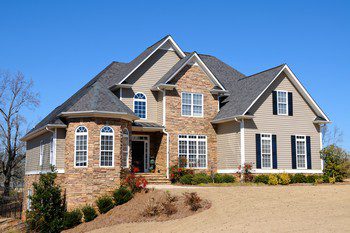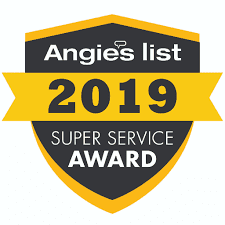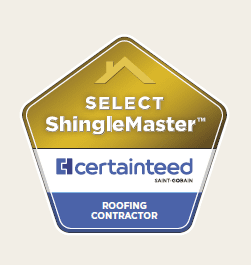The roofing repair industry can be quite complex. As one of the most important elements to a home or commercial building, the roof is a fairly high maintenance structure. High maintenance doesn’t have to be expensive, but it does mean that it is time-consuming. Regardless of whether you own a residential home or a commercial building, the challenges associated with keeping it in good repair can be easily diverted if a little time and effort are involved.
Residential Roofs
The roof of a home is straightforward in terms of its needs, to be kept in good repair to protect the interior of the home. One of the biggest differences between a residence and commercial building is the slope. Most homes comes with slopes greater than 30 degrees, making them a high slope roof. These higher slopes also mean deeper valleys and varying points of lines and angles. Although not inherently problematic, steeper slopes face challenges with debris buildup along its crevasses and valleys.
When leaves, general debris or pests infiltrate a steep slope roof, what is left behind tends to accumulate in the cracks and lines. Anytime a foreign, or non-roof, material that accumulates is an increased risk of damage to the materials. Leaves and pine needles can compromise drainage and stain the materials, whereas sticks and pine cones can cause gashes and weak spots. Pest products are also destructive, especially waste products that can also be toxic.
Commercial Roofs
Commercial buildings are generally flat, or low sloped roofs. Their slopes are less than 30 degrees and, sometimes, may have no measurable degree at all. Flat roofs face tough problems when it comes to proper water drainage. Without any slope water can pool and sit for long periods of time, causing severe damage to the materials. Although many flat or low slope roofs have some, even minor, degree of slope it is not always adequate to promote proper drainage. For this reason, most are lined with an intensely water resistant material that often contains rubber, tar or some hardened mineral material.
Due to their large size, commercial buildings also face increased issues with energy efficiency. With such a large surface area, preventing the roof from absorbing heat can be tricky. A recent advancement in commercial roofing is a white roof coating, which can reflect the sun’s rays and prevent heat from begin absorbed by the building and roof materials. Typically installed by rolling, painting or spraying on the chemical substance, white roof systems are quickly gaining popularity among commercial building owners looking to improve their buildings energy efficiency. Give your roofing service team at Semper Fi Roofing & Exteriors a call today!
Related Roofing Topics
- Need a Roof in Greenfield, WI?
- When to Repair your Roof in Waukesha, WI
- Why a Roof Replacement in Mukwonago is Important
- Get Your Roof Repairs Done Before Winter
- Tips for Roof Maintenance in Winter
- Roofing Maintenance 101
- Does your Roofing Need to be Repaired or Replaced?
- How Semper Fi does Roofing Repairs in Oconomowoc, WI
- Do Roofs Need to be Replaced in Waukesha?
- How Roof Shingles are Replaced in Milwaukee, WI




